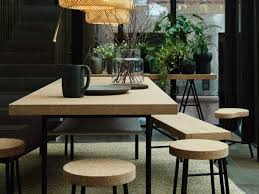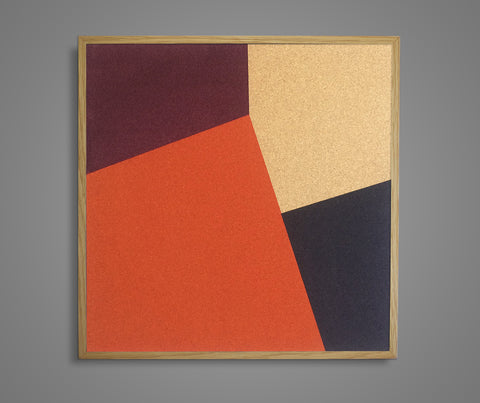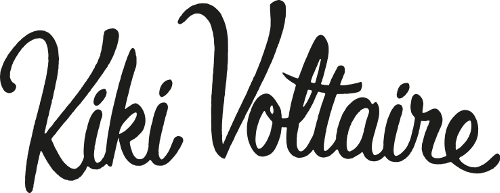News
Cork oak, the miracle tree September 27, 2017 04:23
Cork oak, the “miracle” tree
In 2015 I visited a wonderful exhibition at the Villa Noailles in Hyeres (France, Var), it is run yearly and is designed to rediscover raw natural resources from the Provence Cote d’Azur region, it was all about cork. Traditional artisans and young designers talked and exhibited their creation made of cork.
Maurice Junque, who runs the last regional establishment to grow cork manually in the Var region, talked with passion about the “miracle tree” because it is “fire retardant and self regenerates. But without human intervention to strip its bark, it would gradually disappear and the biodiversity of forest would be threatened”.
Artisans and designers who love sustainable material and want to keep alive the local “savoir-faire” (know how) are working hard to find new uses for this wonderful material. Indeed, since 1991 the European Union legislation is imposing synthetic corks for ready to use wine and the traditional market of cork bottle stoppers has now shrunk to almost nothing.

Why cork is a wonderful material
Cork is an impermeable and elastic material. The layer of bark that is harvested for commercial use, primarily from cork oak (Quercus suber), is endemic to southwest Europe and northwest Africa.
Because of its impermeable, buoyant, elastic, and fire retardant properties, it is used in a variety of products, the most common of which to date is wine stoppers.
Portugal produces approximately half of cork harvested annually worldwide. Other producers are Spain, Morocco, Algeria, Tunisia, Italy and France.
Cork Harvesting
Once the trees are about 25 years old the cork is traditionally stripped from the trunks every nine years, with the first two harvests generally producing lower quality cork. Bark from initial harvests can be used to make flooring, shoes, insulation and other industrial products. Subsequent extractions usually occur at intervals of 9 years, though it can take up to 13 years for the cork to reach an acceptable size. The oak cork trees live for about 300 years.
The workers who specialize in removing the cork are known as extractors. Nowadays, the Portuguese workers travel Europe to extract cork. Sadly in France, as the cork industry has greatly shrunk, we don’t know how to lift the cork anymore. Currently, the company Corticeira Amorim, is the world leader in the cork industry.

Environmentally friendly
Cork oak forests prevent desertification and refuge of various endangered species. The cork production is considered sustainable because the cork tree is not cut down to obtain cork; only the bark is stripped to harvest the cork. The tree continues to live and grow. Cork products and its by-products are also easily recyclable.
Cork uses
Cork's elasticity combined with its near-impermeability makes it suitable as a material for bottle stoppers, especially for wine. Cork stoppers now represent about 60% of all cork-based production.
Cork's structure and natural fire retardant make it suitable for acoustic and thermal insulation in houses. The by-product of more lucrative stopper production, cork board is gaining popularity as a non-allergenic, easy-to-handle and safe alternative to petrochemical-based insulation products.
It is also use in badminton shuttlecocks, baseballs and cricket balls, fishing floats, cork is often used as an alternative to leather in handbags, wallets,and other fashion items. In the South East of France, the “Couasses” is a large hollowed piece of cork used as a dish to serve the Bouillabaisse.
In 2015 Ikea launched Sinnerlig a collection of stools, benches and table mat made of cork designed by interior designer Ilse Crawford.

And of course, at Kiki Voltaire we use cork as backing for our notice boards so that you can pin into them. In our latest collection, a collaboration with Cath Bristow a fine art print maker, the cork material is at the fore-front and Cath has used cork sheets to print her designs onto it.


References: Wikipedia & Villa Noailles.
